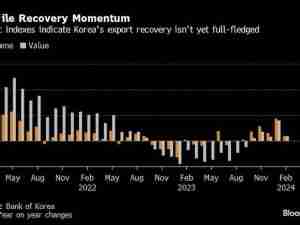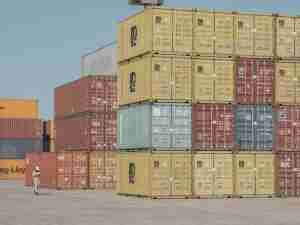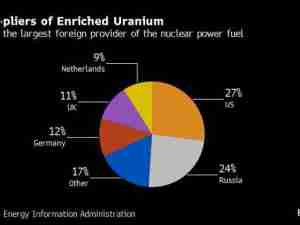Canada’s merchandise trade surplus widened to the largest in 14 years as the nation benefits from surging global prices for its crude oil.
Exports exceeded imports by C$5.3 billion ($4.1 billion) in May, the highest since August 2008. The surplus was more than double economists’ forecasts and the C$2.2 billion surplus reported for April.
Total exports rose 4.1%, led by a 9.2% jump in crude oil shipments. Rising prices for energy and other commodities over the past year have helped the nation swing into recurring surpluses for the first time since 2014, acting as a buffer to global economic headwinds and shoring up the nation’s currency.
In the first five months of 2022, the nation recorded a cumulative C$15.9 billion of surpluses. Canada had a trade deficit of C$1.5 billion in the same period last year.
But the surge in oil is also making the country increasingly reliant on fossil fuels. Energy exports rose 5.7% to C$20.4 billion in May, representing 30% of total shipments—an all-time high share. The bulk of that is fossil fuels like crude oil and natural gas, which made up 29% of exports in May.
Canada’s trade surplus with US, its largest trading partner and biggest market for oil, hit a record C$14 billion ($10.8 billion) in May.
Economists were anticipating the surplus would widen to C$2.4 billion in May, from C$1.5 billion initially reported for April. Statistics Canada revised data going back to January that showed the nation’s exports were stronger than initially estimated.
The export gain in May wasn’t just a price phenomenon, with volumes up 1.7%. Imports fell in May—both in nominal and volume terms—pulling back gains from earlier this year.
Exports also increased for non-energy products, which rose 3.5% on aircraft shipments.
Service exports rose 1.7%, while import services were up 0.5% in May.







